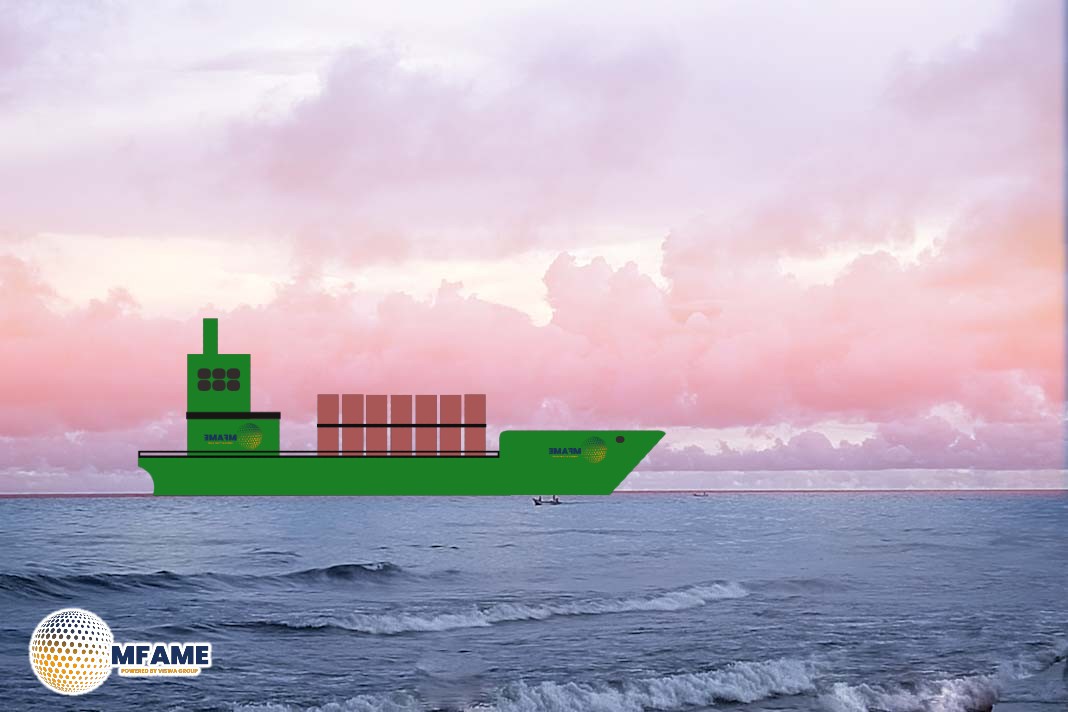Ship owners are strongly interested in preventing stowaways from boarding their vessels. Unfortunately, despite efforts to enhance port security, boarding vessels while they are docked at African ports continues to be a prevalent method used by stowaways, reports Skuld.
Observations Made
The issue of stowaways on ships is evolving, with several notable trends emerging:
- Increased Group Size: The number of stowaways attempting to board vessels in a single incident has risen. Instead of the previous pattern of individuals or pairs, it is now common to encounter groups of four or five people, who often do not have pre-existing connections.
- Primary Departure Points: The main ports or regions where stowaways typically embark are Nigeria and Ghana.
- Container Ships Remain Vulnerable: Container ships continue to be the vessel type most susceptible to stowaway incidents.
- Methods of Embarkation:
- Stowaways often gain access to vessels while in port through contacts with company employees who have authorized access during the ship’s call.
- Another method involves boarding as the ship departs the port, with stowaways using speedboats to reach the vessel. They frequently target the rudder area, attempting to open and hide within the upper rudder compartment.
- There are also instances of stowaways using fishing boats to try and board ships once they are already at sea.
- Financial Demands: A growing concern is that stowaways are increasingly making financial demands related to their repatriation, which raises questions about their true intentions.
- Disembarkation Challenges: Authorities in different ports exhibit varying approaches to assisting shipowners with the formalities of disembarking stowaways. Some ports readily assist, while others maintain a strict refusal to allow disembarkation. The latter often cite concerns that IMO statistics record the port of disembarkation, not the stowaways’ origin country, which they fear negatively impacts the port’s reputation.
- Port Fines and Costs: Some ports impose fines on shipowners in stowaway cases, often based on alleged security lapses during the vessel’s port call, such as claimed negligence in recording onboard visits. Other ports do not issue fines but require shipowners to cover certain costs associated with the stowaways.
Prevention Methods
The most effective strategies for preventing stowaways involve strengthening onboard controls both during and after a vessel’s port call.
Several specific measures can be implemented:
- Engaging Qualified Security: Subcontracting a suitably qualified security agency with a valid operating license can be beneficial. However, it is crucial to verify the certification of their license to avoid potential fines. Even with contracted security personnel, the vessel’s crew should maintain a high level of vigilance.
- Clear Security Instructions: A detailed instruction note should be prepared for security personnel, emphasizing their critical role in preventing unauthorized boarding. This may include requiring them to conduct regular rounds accompanied by a crew member throughout the vessel’s stay in port.
- Pre-Approved Boarding List: A written list of all individuals authorized to board the vessel during its port call should be created beforehand. Checks should be conducted at each shift change to ensure only those on the list are granted access, and this process should continue until the vessel departs.
- Regular Crew Patrols: The crew should organize regular patrols on a daily basis, specifically inspecting areas such as the rudder compartment, cabins, and lifeboats, as these are common hiding places for stowaways.
- Security Dogs at Departure: Employing a security company with trained sniffer dogs to conduct a search of the vessel at the time of departure from the port can be an effective deterrent.
- Restricting Port Information: Only the relevant authorities should be informed of the vessel’s next port of call to minimize the risk of information being used to facilitate stowaway attempts.
- Post-Departure Search at Anchorage: After sailing from the port, it is strongly recommended that the crew conduct a further thorough search while the vessel is at anchorage, before departing the port’s outer anchorage. Discovering a stowaway at anchorage can, in principle, lead to a smoother and less costly disembarkation process. Additionally, stowaways may become visible after the vessel has left the port, mistakenly believing their attempt was successful and emerging from their hiding places.
- Compliance with Local Regulations: It is imperative to always ensure that the disembarking of any discovered stowaway is carried out in strict accordance with the local regulations of the port where disembarkation occurs.
Did you subscribe to our daily Newsletter?
It’s Free Click here to Subscribe!
Source: Skuld















![[Watch] Crazy Power Needed to Move World’s Largest Containerships](https://mfame.guru/wp-content/uploads/2023/11/mfame-tanker-100x70.jpg)

